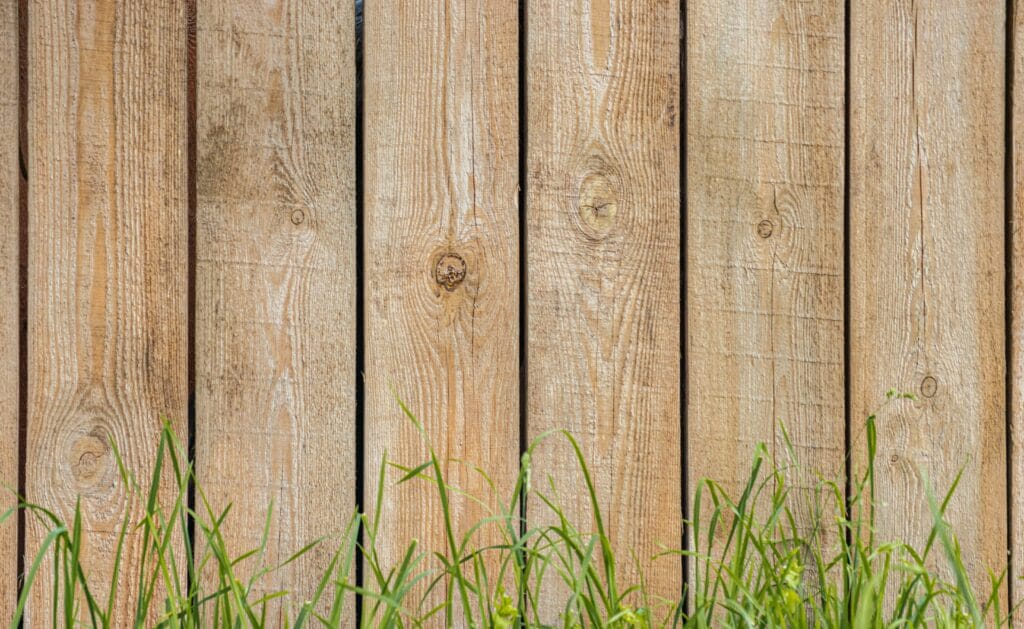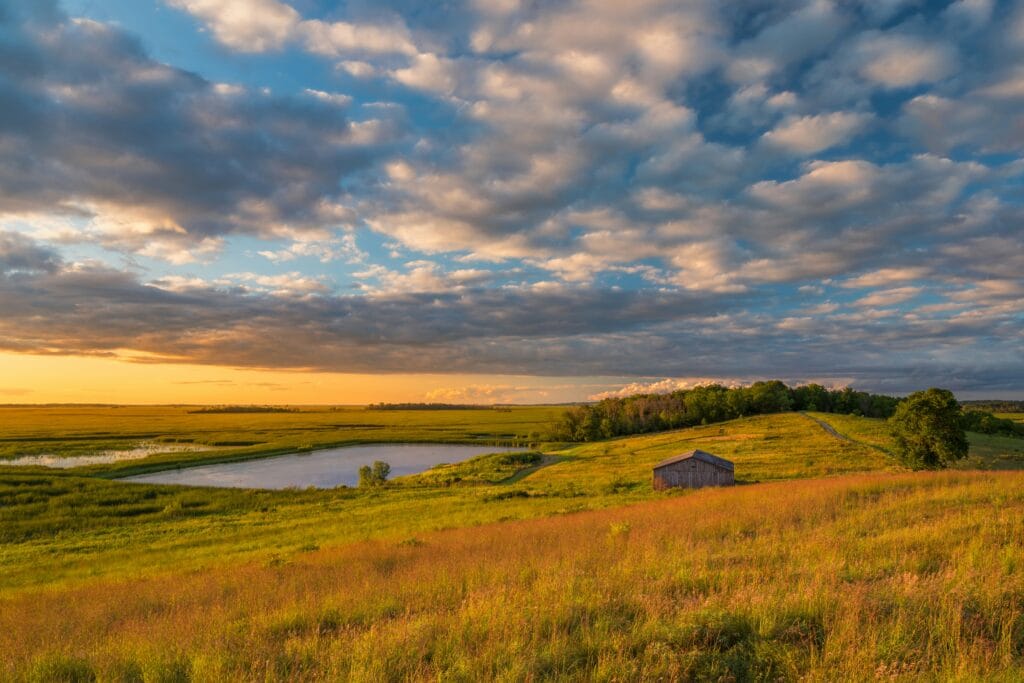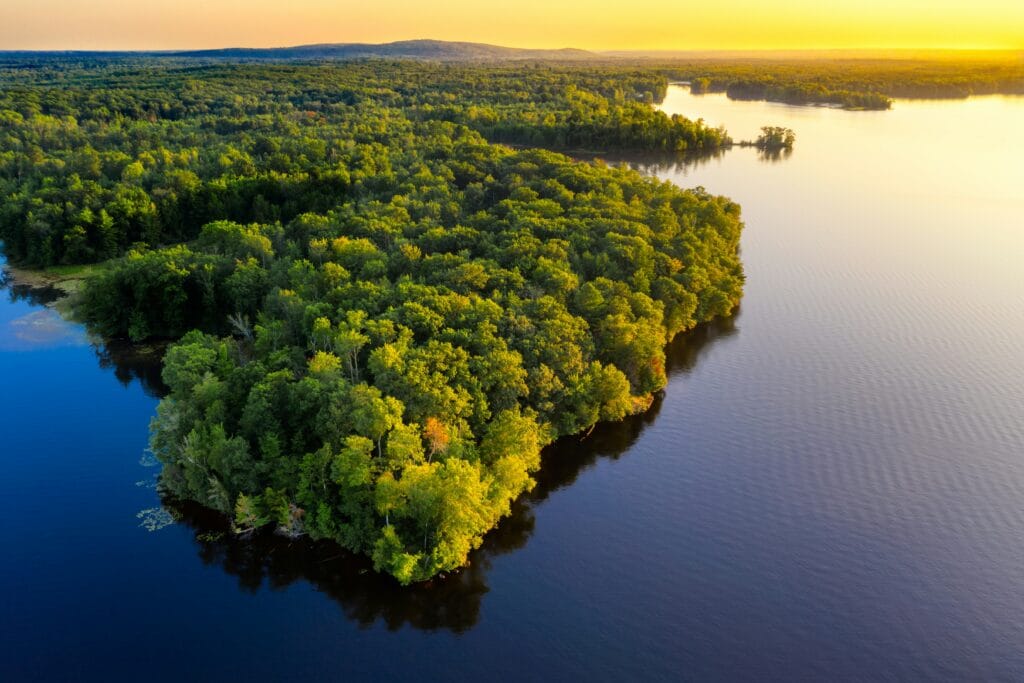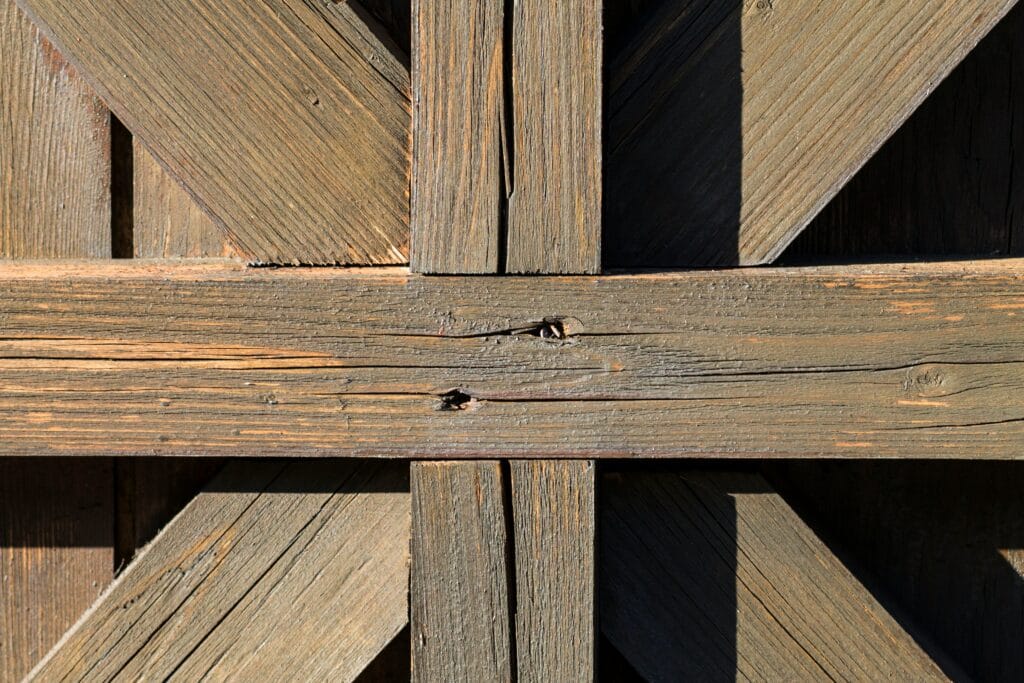Standing in the lumber yard on a Saturday morning, staring at stacks of wood that all look remarkably similar, most Monona homeowners face the same $3,000 question: cedar or pressure-treated pine? You know what? This decision affects way more than just your wallet. Custom wood privacy fence transformations can dramatically change your property’s value and your quality of life, but only if you choose the right material for Wisconsin’s punishing climate.
Here’s the thing about Lake Monona’s microclimate – it’s tougher on wood than most folks realize. Those beautiful lakeside breezes bring humidity that can wreak havoc on the wrong fence material. Meanwhile, Wisconsin winters test every joint, board, and fastener with relentless freeze-thaw cycles.

The Real Numbers Behind Your Investment
Let’s cut through the marketing fluff and talk actual costs. Cedar fencing runs about $20-35 per linear foot installed, while pressure-treated pine comes in around $9-24 per linear foot. For a typical 150-foot privacy fence, that’s potentially a $2,400 difference upfront.
But here’s where it gets interesting. Pine’s “bargain” price tag comes with strings attached – lots of them. That cheaper fence needs staining every 1-3 years, depending on exposure. Professional staining runs $3-5 per linear foot, meaning your 150-foot fence costs $450-750 every few years just to keep it looking decent.
Cedar? Annual cleaning with a garden hose and maybe some mild detergent. Optional staining every 3-5 years if you want to maintain that rich honey colour. Otherwise, it ages to an elegant silvery-grey that honestly looks pretty sophisticated against Monona’s mature oak trees.
What Wisconsin Weather Really Does to Wood

Living near Lake Monona means dealing with unique weather challenges. Summer humidity hovers around the lake, creating perfect conditions for rot and mold. Winter brings temperature swings that make wood expand and contract like it’s doing yoga.
Cedar handles this abuse gracefully thanks to natural compounds called polyoxyphenols – basically, Mother Nature’s built-in preservatives. These compounds repel insects, resist rot, and help the wood shed moisture instead of absorbing it. Pine relies on chemical treatments that work well initially but gradually leach out, especially in our wet springs.
The proof? Drive around established Monona neighbourhoods and look at fences installed 10+ years ago. Cedar fences show their age with character – maybe some weathering, but structurally sound. Pine fences often show replacement boards, warped sections, or that tell-tale grey-black staining that screams “maintenance overdue.”
Maintenance Reality Check

Nobody wants to spend weekends babying their fence, but pine demands attention. Year one requires immediate staining – the treatment chemicals need sealing to work properly. Skip this step, and you’re looking at premature failure. After that, it’s a constant cycle of cleaning, inspecting, and re-staining.
Cedar’s maintenance schedule looks different. Clean it annually, check for loose boards after storms, and decide if you want to stain for color retention. That’s about it. Some cedar fences go decades without staining and still provide excellent privacy and security.
The labour difference matters too. Pine staining is tedious – you’re coating every surface, working stain into cracks and joints, hoping for even coverage. Cedar staining is optional and more forgiving.
Installation Insights That Matter
Here’s something most fence companies won’t mention upfront: cedar can be trickier to install. It splits more easily than pine, especially in cold weather. Quality contractors know to pre-drill nail holes and use stainless steel fasteners – galvanized hardware leaves ugly stains on cedar over time.
Solid Fencing Company has seen this firsthand throughout Monona installations. Their experience shows that proper fastener selection and installation techniques make the difference between a fence that lasts 15 years versus one that needs repairs in five.
Ground contact presents another consideration. Both materials need proper drainage, but cedar posts can handle occasional moisture better than pine. Near Lake Monona, where spring runoff and seasonal flooding occur, this advantage becomes significant.
The Aesthetic Factor
Pine offers versatility – it takes stain beautifully and can match virtually any colour scheme. Want a rich mahogany look? Pine can do that. Prefer classic white picket? Pine handles paint well too.
Cedar brings natural beauty that’s hard to replicate. The grain patterns, color variations, and aromatic qualities create genuine curb appeal. As it weathers, cedar develops character rather than looking worn out.
For Monona’s established neighbourhoods with mature landscaping, cedar’s natural tones complement existing trees and gardens without competing for attention.

Making Your Decision
Budget under $2,500? Pine makes sense if you’re committed to maintenance. Plan for regular staining and accept that replacement might be necessary in 10-12 years.
Budget $3,000-5,000? Cedar becomes compelling. The upfront premium pays dividends through reduced maintenance and longer lifespan.
Want maximum value? Consider a hybrid approach – cedar boards with treated posts. Posts face the harshest ground conditions, while boards handle weather exposure. This combination balances cost with performance.
Local Considerations
Proximity to Lake Monona affects material choice. Properties within a quarter-mile of the shoreline deal with higher humidity and occasional flooding. Cedar’s moisture resistance becomes more valuable in these locations.
Neighbourhood aesthetics matter too. Established areas like Winnequah or Maywood often feature natural materials that cedar complements better than stained pine.
Consider your timeline as well. Planning to sell within 5-7 years? Either material works. Staying long-term? Cedar’s durability and low maintenance justify the investment.
Bottom Line for Monona Homeowners
The “right” choice depends on your specific situation, but here’s the honest truth: cedar costs more upfront but typically costs less over time. Pine requires more hands-on ownership but offers flexibility in appearance and lower initial investment.
For most Monona properties, especially those near the lake or in established neighbourhoods, cedar delivers better long-term value. The reduced maintenance alone saves countless weekend hours – time better spent enjoying Lake Monona rather than staining fence boards.
Whatever you choose, work with contractors who understand local conditions and use proper installation techniques. Your fence represents a significant investment in your property and privacy. Choose materials and installation methods that match Wisconsin’s challenging climate and your lifestyle expectations.
The wood choice matters, but quality installation and appropriate maintenance matter even more. Get both right, and your fence will serve your family well for decades to come.

